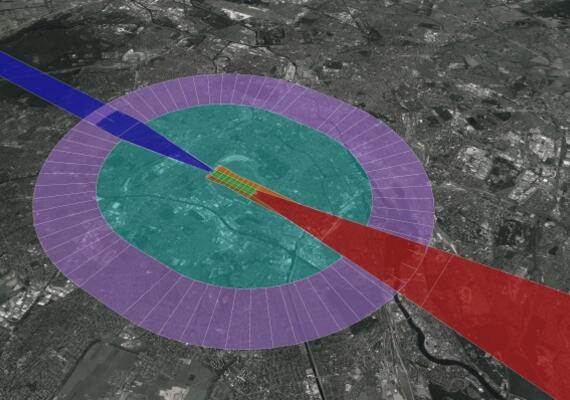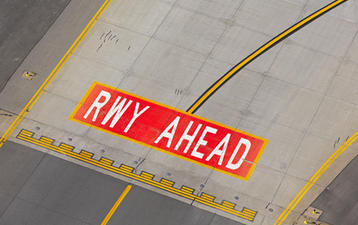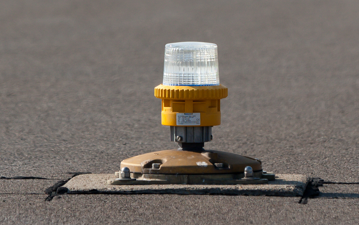Public Safety Zones and Third-Party Risks near airports
While air accidents with significant casualties are rare, most crashes are centered around airports, notably along the runway axis used by aircraft for taking-off or landing.
As a direct consequence this implies an involuntary higher risk for the population living, working or congregating in the vicinity of airports – referred to as “third-parties”.
To mitigate such risk to the population, some countries, such as e.g. Australia, Italy, the Netherlands, the United Kingdom, Italy, the Netherlands, and the United Kingdom have restricted the use of areas close to the runways and defined so-called “Public Safety Zones” (PSZ) restricting the development of those areas.
Public Safety Zones are areas adjacent to the begin and end of a runway in which development of the land is restricted for the safety of people on the ground. Public Safety Zones define in which areas new residential or commercial developments are prohibited, and in some cases, where other land uses (e.g. car-parks, warehousing) with relatively few employees on site are deemed to be acceptable.
Public Safety Zones are therefore critical for the local population, project developers, municipalities, airport operators, etc.
Public Safety Zone dimensioning: “one-fit-all” versus risk-based approach
The PSZ shape and size strongly varies between applicable countries, depending on the models used.
Some countries rely on “one-fit-all” pre-defined PSZ depending on e.g. runway dimensions or critical aircraft types – but not considering other important basic parameters such the number of movements per runway. Applying such model often results to oversized as well as undersized PSZ and is therefore not recommended – as it would induce a new factor of risk or a too restrictive urban development.
Other models use more complex statistical methodologies to calculate the risk-level for a specific airport, based on a more detailed parameters, such as the number of movements and traffic mix per runway, aircraft age, type of approaches, etc.
These third-party risk models generally consist in three main sub-models, i.e. accident probability, accident location and accident consequences.
- Accident probability: The probability of an aircraft accident in the vicinity of an airport is calculated based on the probability of an accident per aircraft movement and the number of movements (landings and take- offs) per year.
- Accident location: A statistical probability density function determining the geographical accident distribution relative to the runway, for each accident type.
- Accidence consequence: Consequences of an accident in terms of the area affected and the lethality.
airsight Third-Party Risk Model
airsight developed its own third-party risk model, combining the best elements of existing published models and compensate their weaknesses, to enable a more reliable and custom determination of the PSZ, taking into account the airport traffic and accident rates considering the evolution of the aircraft fleet.
Use cases and benefits
airsight expertise in Third-Party Risk models and the definition of Public Safety Zones helped various clients, such as:
- Ministry of transports, to review and recommend nation-wide land-use policies around airports, based on a review of national and international regulations and best-practices.
- Project developers, to obtain authorization for new buildings or facilities using a safety-based approach.
- Airport operators, to find an agreement on the possible developments with the local municipalities.
Why airsight?
airsight is an expert aviation consultancy which developed many internationally recognised risk models, applied to determine the dimensions of airport infrastructural elements (runway end safety area – RESA, runway strip, etc.).
airsight completed successfully hundreds of airport safeguarding projects, not limited to Third-Party Risk and Public Safety Zones, but also considering physical and technical safeguarding (obstructions and interferences), aircraft noise, wildlife, building induced wind-shear and low-level turbulence, etc.
Feel free to contact our Airport and Aviation Safety department to discuss the challenges you may be facing!
Key Facts



